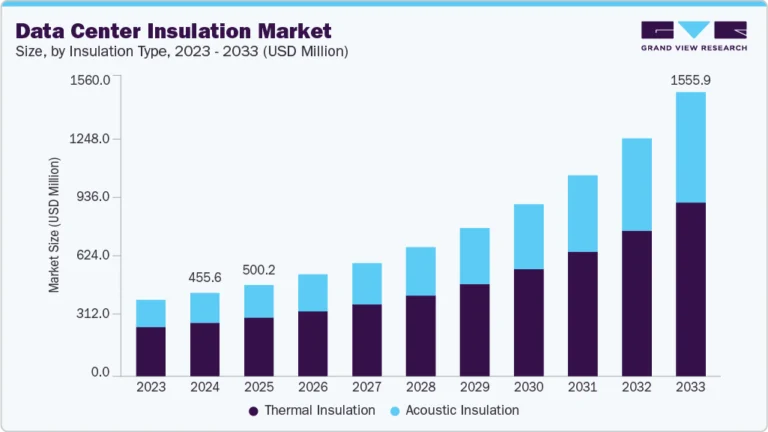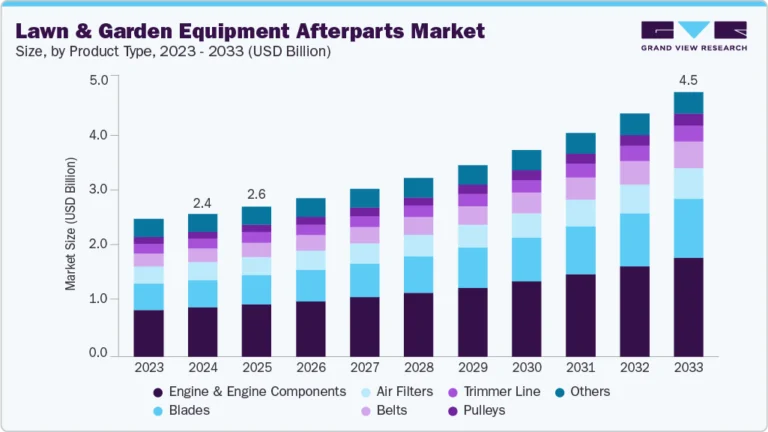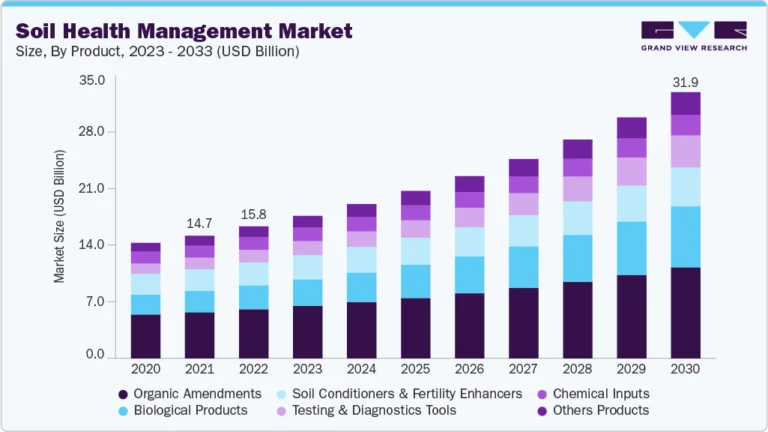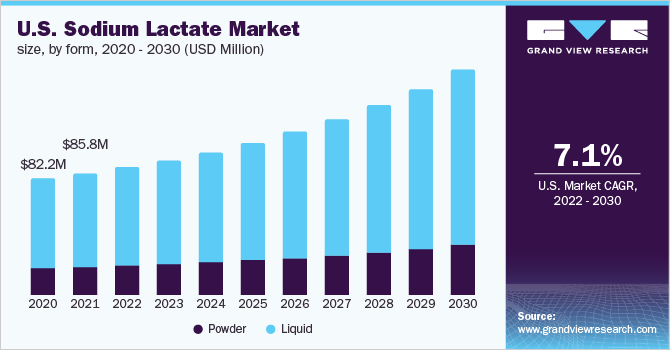Hydrogenated Vegetable Oil Market Size, Share & Trends Analysis growing at a CAGR of 7.3% from 2025 to 2030
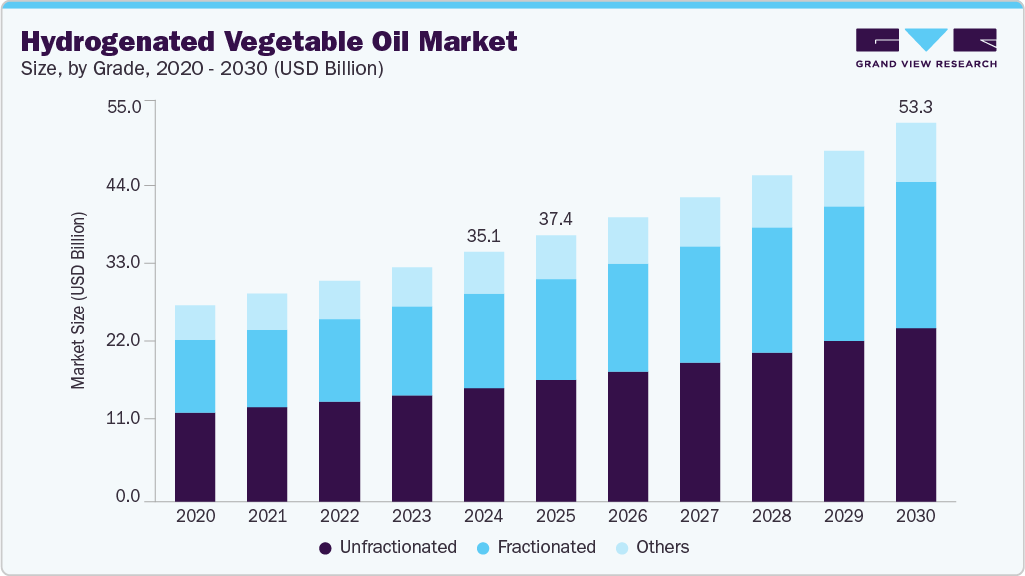
The global hydrogenated vegetable oil market size was estimated at USD 35,125.8 million in 2024, and is projected to reach USD 53,282.1 million by 2030, growing at a CAGR of 7.3% from 2025 to 2030. The market is growing rapidly, driven by demand for processed foods, cosmetics, and renewable energy.
Key Market Trends & Insights
- Asia Pacific hydrogenated vegetable oil market dominated the global landscape with a revenue share of 36.2% in 2024.
- China’s hydrogenated vegetable oil market is experiencing significant growth.
- By grade, the unfractionated segment led the market, accounting for the largest revenue share of 45.6% in 2024.
- By end use, the food & beverage segment dominated the market with a revenue share of 53.4% in 2024.
Market Size & Forecast
- 2024 Market Size: USD 35,125.8 Million
- 2030 Projected Market Size: USD 53,282.1 Million
- CAGR (2025-2030): 7.3%
- Asia Pacific: Largest market in 2024
Known for their stability and shelf life, these oils suit diverse industrial uses. Regulatory support for healthier alternatives and technological improvements is further propelling growth. As consumers prioritize health and sustainability, the market is set to expand and adapt accordingly.
Request a free sample copy or view report summary: https://www.grandviewresearch.com/industry-analysis/hydrogenated-vegetable-oil-market-report/request/rs1
The global hydrogenated vegetable oil industry is experiencing robust growth, driven by increasing demand for renewable energy sources and sustainable alternatives to fossil fuels. This growth is further fueled by stringent environmental regulations, government initiatives promoting biofuels, and the transportation sector’s shift towards low-emission fuels. Regions like North America and Europe are leading in their adoption due to supportive policies and infrastructure, while the Asia-Pacific region is emerging as a significant market, driven by rising energy demands and sustainability goals. The market’s expansion reflects a global commitment to reducing carbon emissions and transitioning towards cleaner energy solutions.

